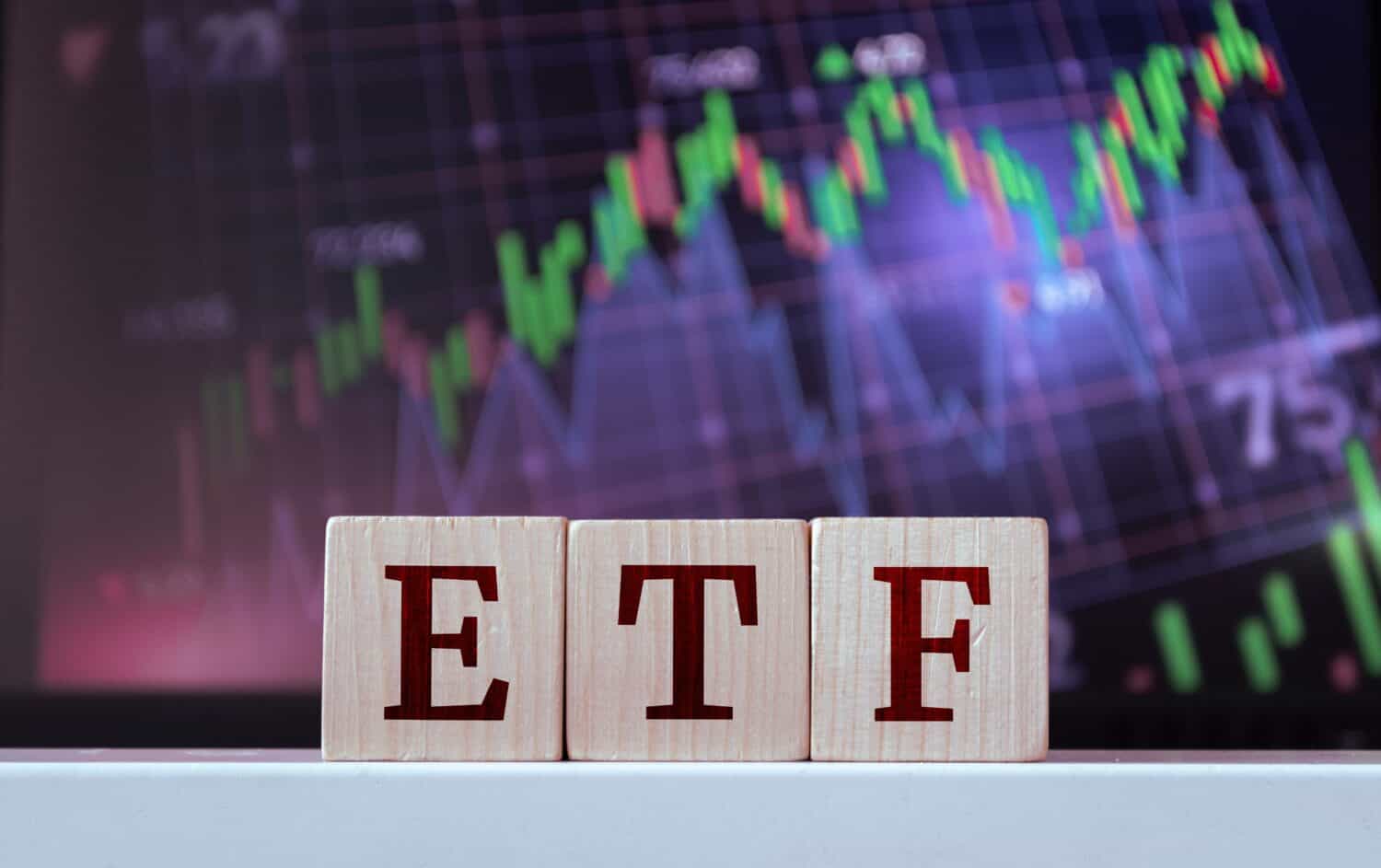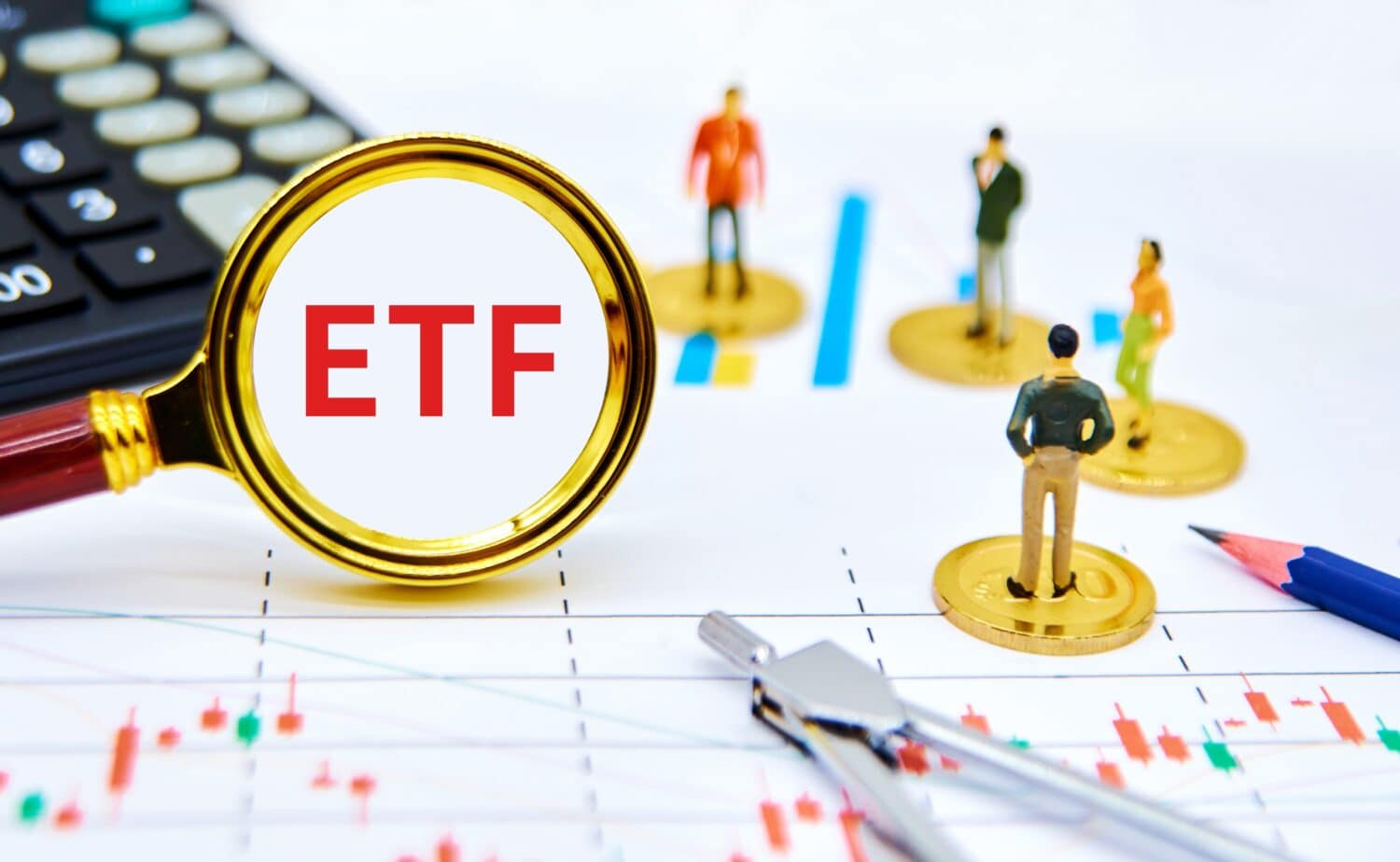
ETFs have become a popular choice for building diversified portfolios. These convenient “baskets” of stocks allow you to invest in many stocks simultaneously, providing instant diversification. Typically, they track a specific market index, like the S&P 500.
The S&P 500 is an important benchmark of the U.S. stock market. It represents the 500 leading American companies. For investors looking for a low-cost way to tap into the growth of the U.S. market, SPY and VOO stand out as top contenders. But with seemingly similar goals, which ETF should you purchase?
Despite SPY’s superior trading volume for options strategies, VOO’s rock-bottom expense ratio and near-identical performance to SPY make it the more compelling option for buy-and-hold investors.
We’ll take a look at this in more detail below.
What is SPY?

The SPDR S&P 500 ETF (NYSE: SPY) is a behemoth in the ETF world. It was the first exchange-traded fund to list on a U.S. exchange way back in 1933. It’s giant for a good reason. SPY offers investors a straightforward way to gain exposure to the top 500 large-cap companies in the U.S. When you invest in SPY, you’re essentially purchasing a small piece of all of these companies, providing lots of diversification.
One of SPY’s key strengths is its high liquidity. Its massive trading volume makes it easy to buy and sell throughout the trading day. This liquidity is particularly important for investors who trade frequently or use options strategies.
However, there is a trade-off. SPY’s expense ratio is around 0.09%. While this is very small, the expense ratio can eat into your returns over time, especially if you’re a long-term investor.
What is VOO?

The Vanguard S&P 500 ETF (NYSE: VOO) is a strong contender in the world of ETFs, too. It also tracks the S&P 500, just like SPY. It was launched in 2010 and has many of the same benefits as SPY. Since it mirrors the performance of the S&P 500 index, it offers broad diversification.
VOO stands out because of its lower cost. It currently boasts an expense ratio of around 0.03%, significantly lower than SPY’s 0.09%. This minuscule fee can make a substantial difference in returns, especially for buy-and-hold investors with a long-term perspective. While VOO’s trading volume is healthy, it doesn’t match SPY’s massive liquidity.
However, VOO’s rock-bottom expense ratio is a major draw for most investors seeking a low-cost, core holding that tracks the U.S. market.
SPY vs. VOO: Which Fund Is Right for You?

Fees and Risks
As discussed above, SPY and VOO have different fees. An expense ratio is the annual fee charged by the fund to cover management costs. As mentioned earlier, SPY has a higher expense ratio of around 0.09% compared to VOO’s ultra-low 0.03%.
This small difference does att up over time. Let’s say you invest $10,000 in each ETF. Over 20 years, with an average annual return of 7%, the expense ratio difference could translate to a few thousand dollars less in your SPY holdings than VOO.
Of course, this is only a huge consideration if you plan to hold the stock for 20 years. It won’t make as big of a difference for more short-term trades!
Both SPY and VOO track the S&P 500, so they have the same level of risk. This is measured by Beta, which compares an investment’s volatility to the overall market. The base market volatility is always 1, while a rating of more or less than that signifies a lower or higher volatility.
Because these ETFs track the S&P 500, their Beta is very close to 1. Their performance is nearly identical to that of the S&P 500. In simple terms, both ETFs move up and down roughly in line with the broad market.
Historical Performance
Past performance isn’t a guarantee of future results. Comparing the historical returns of SPY and VOO can offer insight, though.
Because these ETFs track the S&P 500, they have exceptionally similar returns. Minor differences might exist due to variations in expense ratios and tracking methodologies, but these are extremely small and negligible.
It’s important to remember that the stock market is inherently volatile. There are periods of strong growth followed by downturns. When looking at historical performance, it’s important to consider longer timeframes to smooth out these fluctuations.
Top Holdings
Both SPY and VOO share a key characteristic: they are passively managed funds that aim to replicate the holdings of the S&P 500 index. This means that fund managers don’t actively pick and choose stocks. Instead, the ETFs automatically hold all S&P 500 companies in the index, weighted by market capitalization.
As a result, SPY and VOO’s holdings are the same. These holdings change as companies enter and exit the S&P 500.
Therefore, focusing on what each ETF has in it isn’t particularly relevant when choosing between them, as they’re the same!
Tax Implications
The tax implications of SPY and VOO are minimal. Both ETFs are structured with taxes in mind, which means they’re designed to minimize capital gains distributions within the fund itself. Since they track the S&P 500 passively, the fund has less trading activity than actively managed funds.
This reduces the chance of frequent capital gains realizations, which can trigger tax liabilities.
However, taxes still come into play when you buy and sell these ETFs in your taxable brokerage account. Any capital gains or losses generated on your individual holdings will be subject to tax treatment based on your tax bracket.
Reinvestment of Dividends
Many companies in the S&P 500 pay dividends, so what happens to those dividends is important. VOO offers automatic dividend reinvestment (DRIP). This means that when dividends are paid, you can have them automatically used to purchase more shares.
If you’re a long-term investor, this provides for better compounding over time.
Here’s a key difference between these ETFs, though. VOO’s lower expense ratio can magnify the impact of compounding. You’ll keep more returns over the long term, allowing for better compounding.
You do have to choose to activate DRIP, though. In some cases, you may want to receive the dividend money instead and use the cash for other purposes.
Which ETF Should You Buy?

The battle between SPY and VOO comes down to a matter of priority: fees or liquidity.
VOO is an easy choice for long-term investors who want to maximize returns. Its extremely low expense ratio translates to better compounding over time, especially when it’s left to grow for decades. Additionally, both ETFs offer a similar risk portfolio and historical performance, as they both track the S&P 500.
For this reason, there is little reason not to purchase VOO.
That said, for very active traders who use options strategies, SPY may be a better fit. Its superior liquidity allows for easier entry and exit.
In the end, it’s best to choose based on what your goals are. If you’re going to buy and sell quickly, choose SPY. If you want to buy and hold, choose VOO.
Travel Cards Are Getting Too Good To Ignore (sponsored)
Credit card companies are pulling out all the stops, with the issuers are offering insane travel rewards and perks.
We’re talking huge sign-up bonuses, points on every purchase, and benefits like lounge access, travel credits, and free hotel nights. For travelers, these rewards can add up to thousands of dollars in flights, upgrades, and luxury experiences every year.
It’s like getting paid to travel — and it’s available to qualified borrowers who know where to look.
We’ve rounded up some of the best travel credit cards on the market. Click here to see the list. Don’t miss these offers — they won’t be this good forever.
Thank you for reading! Have some feedback for us?
Contact the 24/7 Wall St. editorial team.





